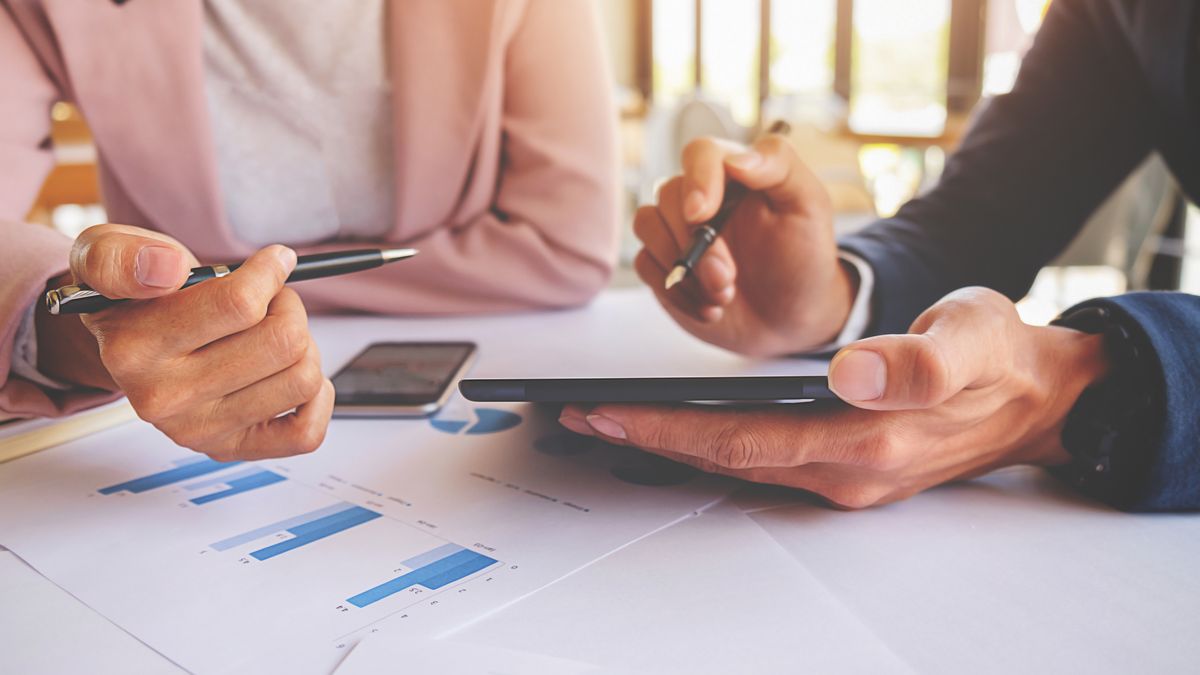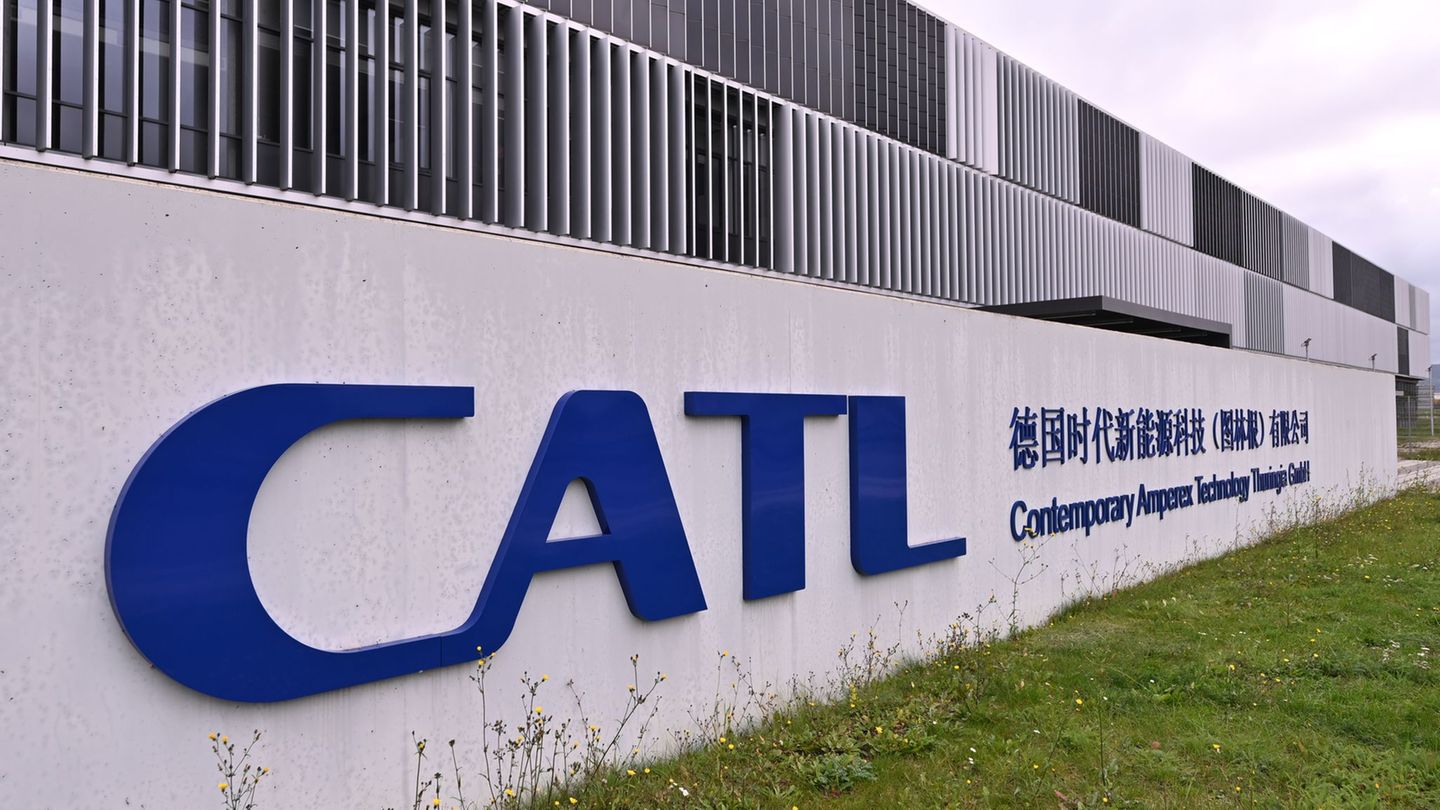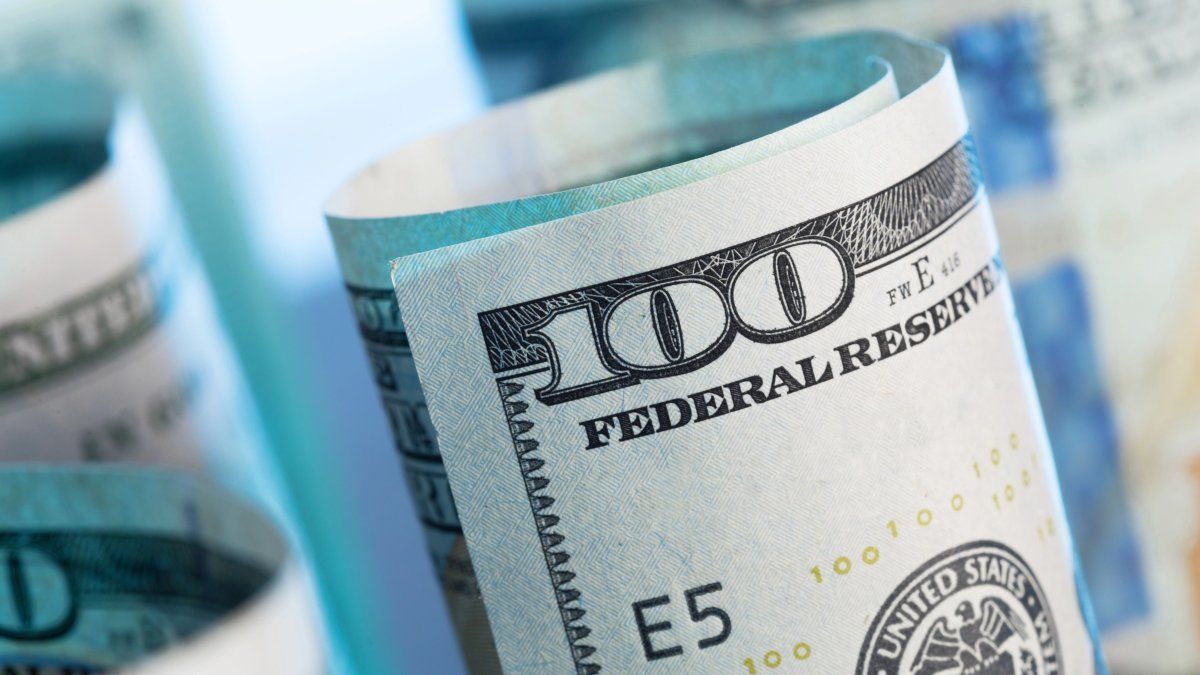The data comes from the first report on debt, gender and care in Argentina, which was carried out by ECLAC and the Ministry of Economy. The study, which collects data from the Central Bank of the Argentine Republic (BCRA), indicates that household indebtedness with the financial system is equivalent to 4% of GDP. However, banks do not appear as the only lenders for families.
In fact, lower-income households report greater dependence on informal credit: only 20% resort to formal financing, and 30% of the households surveyed resort to a mix of the two ways of indebtedness. The objective has to do fundamentally with sustaining daily and basic consumption, many of them linked to care, such as the purchase of medicines or food.
What is the source of financing outside the banking system?
According to the report, 38.5% of all households requested financing from relatives or friends, 22.2% requested credit or requested loans from businesses, 13.9% reported borrowing from their employer and 13.8% did so. made to a lender. On the other hand, when considering formal sources, 23.6% of households financed themselves with a credit card, 19.8% with applications such as Mercado Pago or others, 15.8% with the bank, 12, 9% with ANSES and 12.8% with a financial company.
“As you go down in the social pyramid, there are difficulties because the cards do not go up, the levels of indebtedness are maintained because there is a fear of the growth of default by people who can take on debt that they cannot pay later. By putting a ceiling on it, the banks limit and by limiting they push the lower-middle and lower sectors to borrow in the fintechs. So, there we go from financial debt with banks to financial debt with FinTech. There you have more or less 120 FinTechs, of which there must be 10 that concentrate 90% of the market”, explains the economist and former director of the BCRA, Arnaldo Bocco.
As the economist says, a Fintech can lend at “200% or 300% rate or more too”, even if the amount of the loan is not high, -average $100,000, says Bocco-. “What they earn in interest is very high. They lend to you in a relatively short term, so the person, harassed by the bank because they can’t pay the card, takes out financing to make ends meet and maybe after 30 days they already paid it, but they will still be in debt with the fintech”, he details.
Besides, the destination of the credits taken by households is grouped into two broad categories: pay off debts or make new expenses. In general, oriented to the most basic consumption: 63.8% of households said they used the credit/loan requested to pay for food and health expenses. This percentage rises to 65.4% in the case of households whose main breadwinners are women. On this point, the data is worrying: in households headed by women and responsible for caring for children and adolescents, seven out of ten of those who get into debt do so to buy food. Sol Prieto, national director of Economy, Equality and Gender, highlights that households headed by women resort in a greater proportion than values to exclusively informal sources.
“The new credit for workers offers an opportunity to clean up informal debts, by providing an interest rate half that offered by the financial market, and granting three months of grace. It will be possible to access lines of credit of up to $400,000 in 24, 36 or 48 installments and the funds will be deposited in the bank credit card within five business days”, explains the official. At the same time, Credits for monotributistas will be implemented for up to $4 million, to be paid in 24 installments at half the bank rate with 100% State guarantee.
The use of credit by households is also intended to pay for expenses, services and taxes (40.8% of all households declare this destination) and, to a lesser extent, expenses for house, car or property repairs. purchase of computers or cell phones (34.2%), rental expenses (29.5%) and school fees or prepaid medicine (24.7%).
In relation to the use of financing to pay off debts, 39.9% of households state that they use it to cover loan installments or purchases made in stores. They are followed by those who use it to repay previous loans (37.9% of the total) and, finally, those who use these amounts to pay back credit card debts (34.7%).
Source: Ambito




